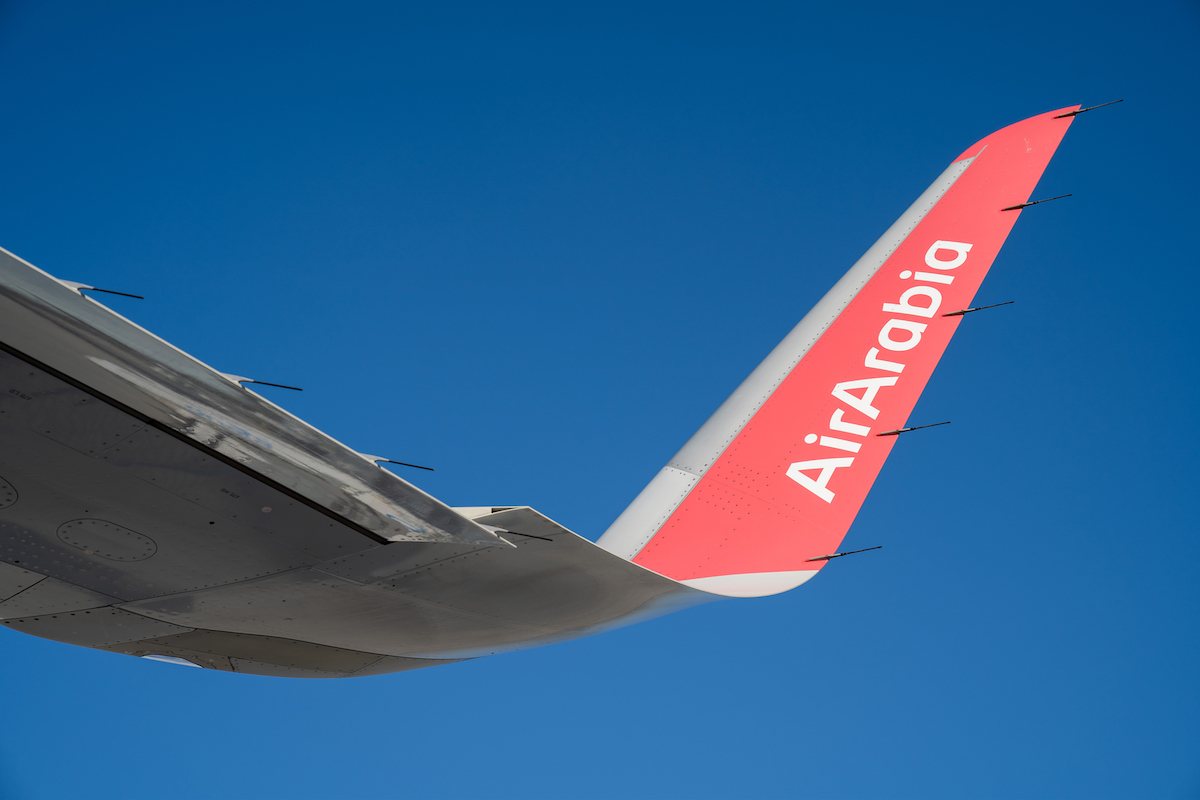
For the second quarter, Air Arabia's revenue surged by 18% year-over-year, reaching AED 2.4 billion. This rise in revenue is attributed to a substantial 22% increase in passenger numbers, which climbed to 3.7 million compared to 3 million during the same period last year. The strong performance reflects the airline's strategic expansion and increased flight frequencies across its key markets.
The carrier's operational efficiency also saw notable improvements. Air Arabia's load factor, which measures the percentage of available seating capacity that is filled with passengers, increased to 84% from 81% in the previous year. This enhancement in load factor indicates a more efficient utilization of the airline's fleet and higher demand for its services.
Air Arabia's CEO, Adel Al Ali, emphasized the airline's commitment to maintaining its growth momentum. He attributed the positive results to strategic investments in expanding routes and optimizing operational processes. The airline's focus on cost control and service enhancement has been instrumental in achieving these results. Al Ali also highlighted that Air Arabia's cost-per-available-seat-kilometer (CASM) improved by 7%, showcasing the effectiveness of its cost management strategies.
In terms of fleet expansion, Air Arabia added five new aircraft to its fleet during the quarter, bringing the total number of aircraft to 64. This expansion aligns with the airline's strategy to enhance its connectivity and support increasing passenger demand. The new aircraft are part of the airline's ongoing efforts to modernize its fleet and improve fuel efficiency.
The airline's strong performance in the second quarter is also reflected in its robust net profit, which increased by 15% to AED 350 million. This growth in profit is attributed to higher revenue and efficient cost management. Air Arabia's ability to maintain profitability amidst a competitive landscape highlights its effective business model and operational resilience.
Air Arabia's expansion into new markets and increased frequency on existing routes have contributed to its strong performance. The airline has launched several new destinations in recent months, including routes to Eastern Europe and North Africa, which have been well received by travelers. The expansion strategy is aimed at capitalizing on emerging travel markets and diversifying the airline's revenue streams.
The carrier's positive performance is set against a backdrop of a recovering global aviation sector, which has seen increased passenger travel and rising demand for affordable flight options. As airlines across the globe continue to navigate post-pandemic challenges, Air Arabia's results demonstrate its ability to adapt and thrive in a dynamic market environment.
Looking ahead, Air Arabia plans to continue its expansion efforts and further enhance its operational efficiency. The airline remains committed to delivering value to its customers and stakeholders while maintaining a strong financial position. The focus on strategic growth and operational excellence positions Air Arabia well for sustained success in the evolving aviation landscape.
Topics
Live News
